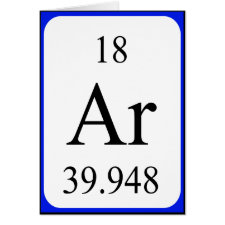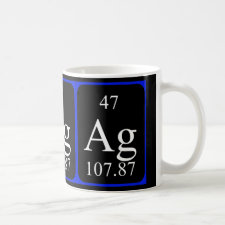
Authors: Hou HB, Yu DM, Hu GH
Article Title: Preparation and Properties of Ion-Imprinted Hollow Particles for the Selective Adsorption of Silver Ions.
Publication date: 2015
Journal: Langmuir
Volume: 31
Issue: (4)
Page numbers: 1376-1384.
DOI: 10.1021/la5032784
Abstract: Four kinds of silver ion-imprinted particles (Ag-IIPs) with different morphologies were prepared by the surface ion-imprinting technology (SIIT) and were used for the selective removal and concentration of silver ions from wastewater. The favorable adsorptivity and selectivity of Ag-IIPs for Ag+ were confirmed by a series of adsorption experiments at a suitable pH value. The adsorption mechanism was elucidated by analyzing the adsorption isotherms, adsorption thermodynamics, and adsorption kinetics systematically. The Ag+ adsorption onto the Ag-IIPs was well-described by the Langmuir isotherm model, and it was likely to be a monolayer chemical adsorption. This conclusion was also confirmed by the thermodynamic parameters. Moreover, the adsorption kinetics indicated that the adsorption rate would be controlled jointly by the intraparticle diffusion and the inner surface adsorption process, and the latter process was generally associated with the formation and breaking of chemical bonds. Finally, the effects of different morphologies of the Ag-IIPs for Ag+ adsorption were also investigated. In aqueous solution, the adsorptivity of the Ag+ ion-imprinting single-hole hollow particles (Ag-IISHPs) for Ag+ was highest (80.5 mg g-1) because of a specific morphology that features a single hole in the shell. In an oil-water mixture, Ag+ in the water phase could be adsorbed efficiently by the Ag+ ion-imprinting Janus hollow particles (Ag-IIJHPs), with emulsifiability originating from the Janus structure
Template and target information: silver ion, Ag(I)



Join the Society for Molecular Imprinting

New items RSS feed
Sign-up for e-mail updates:
Choose between receiving an occasional newsletter or more frequent e-mail alerts.
Click here to go to the sign-up page.
Is your name elemental or peptidic? Enter your name and find out by clicking either of the buttons below!
Other products you may like:
 MIPdatabase
MIPdatabase









